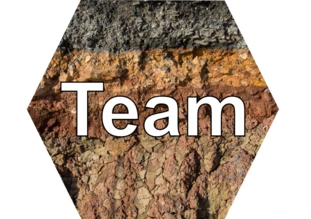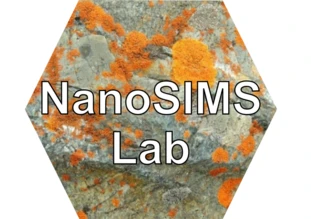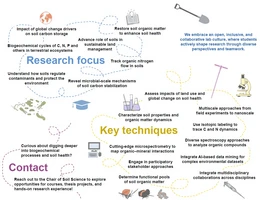Chair of Soil Science
Soils are key players in the global carbon cycle and contribute significantly to the regulation of biogeochemical processes and the stability of ecosystem functions. At the Chair of Soil Science, we investigate how soil organic matter drives ecosystem resilience by analyzing biogeochemical processes across scales and fostering interdisciplinary collaboration.







